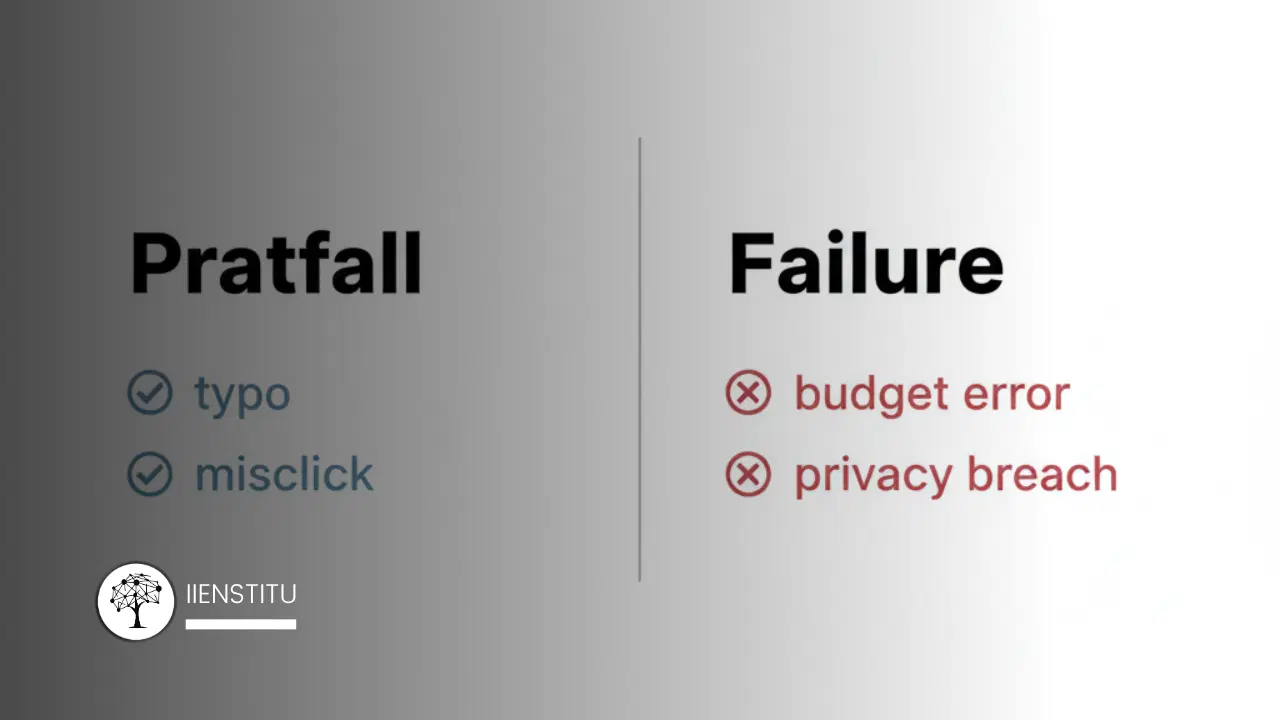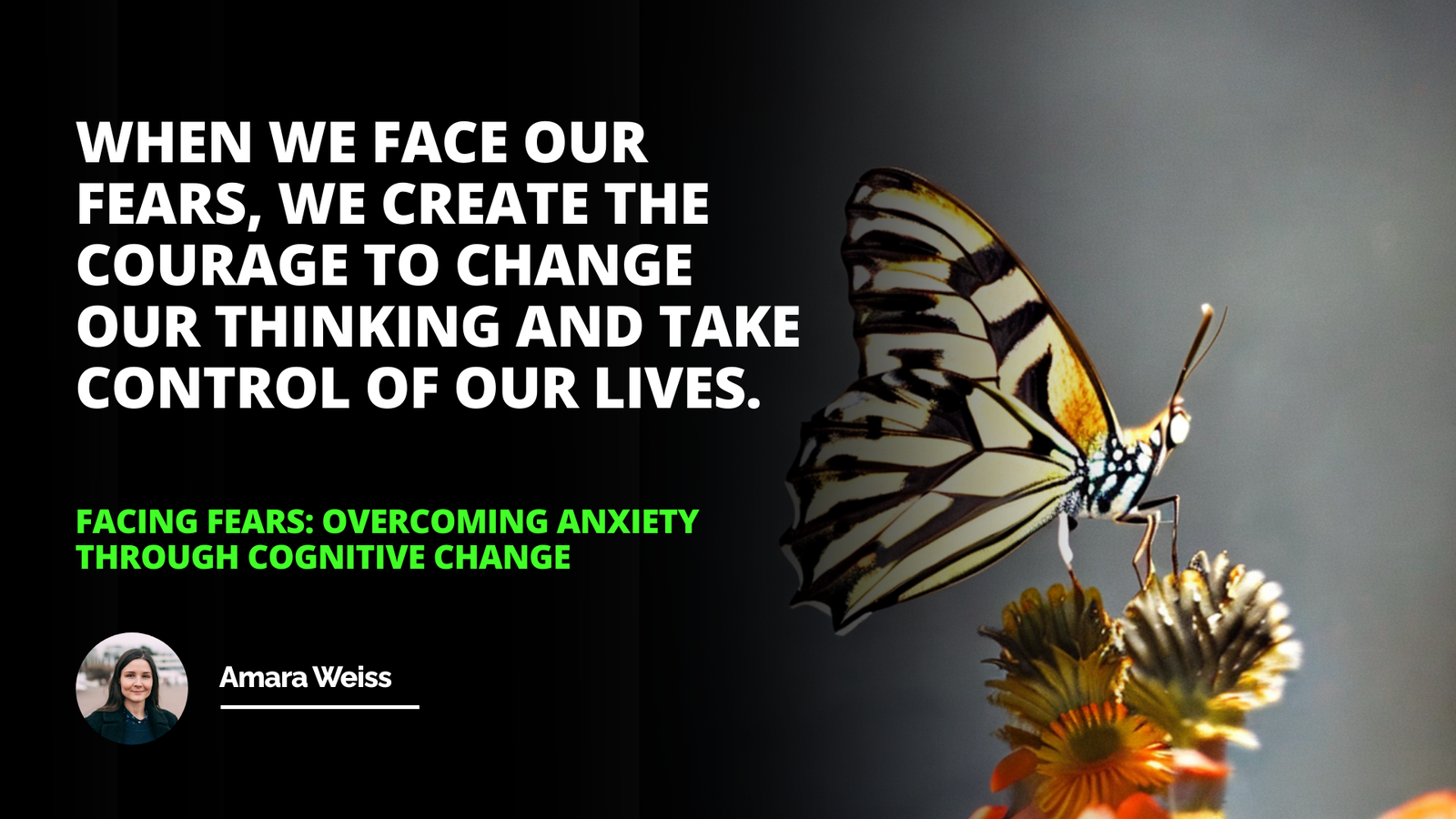
Perfection looks safe—but it often pushes people away. Enter the Pratfall Effect, a counter-intuitive idea from social psychology showing that small, non-critical mistakes can increase likeability when you’re already seen as capable. For leaders and high-performing professionals, that’s liberating. You don’t need to stage blunders or “be messy.”
You need to be excellent, human, and unfazed by minor slips. In this guide, you’ll see how the Pratfall Effect works, what the classic research implies, why vulnerability increases connection, and exactly how to apply it in everyday communication. If perfectionism and social anxiety are draining you, take this as permission to stay competent—and human—while letting tiny imperfections soften the edges.
The Pratfall Effect, Fast
Be excellent first; small, non-critical slips can then increase likeability.
Don’t stage mistakes—acknowledge real ones lightly and move on.
Calibrated vulnerability builds trust; perfectionism builds distance.
Differentiate harmless pratfalls from core failures—protect what matters.
What Is the Pratfall Effect? A Look at the Surprising Science
The Pratfall Effect is a social psychology phenomenon where a person’s attractiveness or likeability increases after a small, clumsy mistake—but only if they’re already perceived as highly competent. Put simply: visible humanity softens perceived perfection. A slip that would sink an average performer can actually round out a top performer’s image, making them feel less distant and more approachable.
The foundational work is attributed to social psychologist Elliot Aronson (1966), who explored how observers evaluate people after a minor stumble. In his paradigm, participants encountered both strong and average performers; then each version either sailed through without a hitch or experienced a small, human blunder (think: spilling coffee, mispronouncing a word, fumbling a button). The Pratfall Effect emerged as a consistent pattern: competence sets the stage; the pratfall changes the tone of the impression.
This dynamic is intuitive once you see it. Without the Pratfall Effect, a highly competent person can look “airless”—polished to the point of intimidation. The pratfall punctures that bubble. The onlooker’s nervous system relaxes: “Ah, they’re human.” Meanwhile, an average performer doesn’t gain the same benefit, because the slip adds doubt rather than warmth.
The Original Study’s Crucial Finding: The “Competence Pre-requisite”
Aronson’s core insight was the competence pre-requisite. Observers rated a highly competent person who committed a small blunder as most likeable—the slip humanized someone who might otherwise seem untouchable. In contrast, when an average performer made the same mistake, likeability decreased—the slip confirmed mediocrity rather than softened excellence. The Pratfall Effect isn’t a free pass to be sloppy; it’s a reminder that warmth lands best when it rests on a base of credible ability.
Think about meetings you’ve attended. A practiced presenter drops a pen, chuckles, and keeps going. The room warms. The same moment from a shaky presenter reads differently; the audience shifts from empathy to concern. It isn’t cruelty—it’s cognition. People are always integrating two streams: “Can you do the thing?” (competence) and “How do I feel around you?” (warmth). The Pratfall Effect nudges the second dimension only after the first is already high.
Mini summary: The Pratfall Effect rewards visible humanity—but only when competence is already clear.
Checkpoint: List two concrete signals of competence you show (e.g., results delivered, certifications, crisp briefs) before any pratfall occurs.
Why We’re Drawn to Flawed Geniuses: The Psychology of Relatability
It shatters the perfection wall. Flawless performance can create distance. Audiences admire the result yet hesitate to approach the person. The Pratfall Effect cracks that glossy surface just enough to invite contact.
It increases relatability. A harmless mistake communicates, “I’m like you.” That reduces social threat and lowers the cost of engagement. In a hiring panel, for instance, the candidate who nails complex answers and shrugs off a minor slip often feels more “work-with-able.”
Vulnerability builds trust—when calibrated. Trust grows at the intersection of warmth and competence. Performative vulnerability (“Look at me being humble”) backfires; calibrated vulnerability (“Quick laugh, quick fix, back to the point”) reads as grounded confidence. The Pratfall Effect works precisely because the person doesn’t spiral. They acknowledge, recover, and refocus.
It de-intensifies status signals. High status can trigger comparison and defensive distance. A small pratfall acts like a pressure valve, shrinking the psychological gap. People become more willing to ask questions, offer ideas, and admit uncertainty—all prerequisites for collaboration.
It highlights process over perfection. The Pratfall Effect reframes excellence as something lived, not posed. A visible, well-handled hiccup demonstrates resilient process: identify, adjust, move on. That process is what teams remember and emulate.
Two everyday contexts make this clear:
Remote and hybrid calls. You mis-share a window for 2 seconds, catch it, and say, “One moment—that deck needs the spotlight,” then proceed smoothly. The group relaxes; you’re present, not performative.
Client demos. A chart briefly fails to animate. You explain the narrative verbally, drop in the key numbers, and share the fixed version after. The story remains intact. Your composure—not the glitch—becomes the takeaway.
Notice the common thread: the slip is small; the recovery is quick; the work stays central. That’s the Pratfall Effect at work, creating connection without trading away respect.
Mini summary: Calibrated vulnerability turns respect into rapport by humanizing competence without derailing it.
Checkpoint: Identify one safe, humanizing detail or minor slip you’ll allow (and calmly acknowledge) to reduce “intimidation distance.”
How to Be More Relatable (Without Faking It): 3 Charisma-Building Tips
Rule 1: Lead with value.
Competence is the admission ticket to the Pratfall Effect. In practice, that means shipping reliable work, communicating clearly, and organizing your thinking. Before meetings, outline the 3 outcomes you’ll deliver. In docs, front-load the decision or recommendation. In presentations, open with the “so what” and a tight agenda. When your value is visible, small slips read as human—not hazardous.
Practical moves:
Start emails with a one-sentence outcome, then details.
Release “v1” earlier with a clear change log, then iterate.
Keep a “competence ledger”: a short list of shipped results you can reference to counter perfectionism spirals.
Rule 2: Own your small mistakes.
The Pratfall Effect depends on recovery, not performance. When a minor slip happens, acknowledge it, add a touch of warmth if appropriate, correct course, and keep momentum. Think of it as a 3-step loop: note → normalize → navigate. “I misspoke—‘monthly,’ not ‘weekly.’ Thanks for catching it. Let’s continue with the timeline.” Thirty seconds, then back to substance.
Micro-scripts you can adapt:
“Quick correction—I meant Q2. Appreciate the catch; moving on.”
“Momentary typo—fixed now. Here’s the accurate figure.”
“Brain faster than mouth for a second—let’s pick up where we were.”
Boundaries matter. Don’t apologize for existing. Save apologies for genuine harm; otherwise, a crisp correction does the job. The Pratfall Effect works best when you project steadiness and proportion.
Rule 3: Differentiate pratfalls from failures.
A harmless stumble ≠ a breach of duty. The Pratfall Effect is about small, non-critical errors that don’t compromise outcomes: a typo, a brief misstatement, a fumbled click. Failures are lapses that create risk, break trust, or cost money: a privacy breach, a budget mistake, a judgment error in your core domain. The former can humanize you; the latter requires prevention, ownership, and repair.
Calibration checklist:
Scope: Does the slip affect results or only optics?
Reversibility: Can it be corrected immediately?
Signal: Does it suggest carelessness in your core craft?
Frequency: Is this occasional—or a pattern?
If the answer hints at real risk, tighten process. Use checklists, peer reviews, and pre-mortems. Create friction where it protects quality. The Pratfall Effect is a social advantage, not an excuse to lower standards.
Applying it across channels:
Live talks: Have a 1-sentence “reset” line ready. Keep slides minimal to reduce failure points.
Email: If you spot a typo post-send, reply promptly with the correction at the top, then keep momentum.
Chat tools: Edit quickly, add “edited for clarity,” and move on.
Docs: Track changes rather than perfection-polishing in private; visible iteration signals healthy process.
Mini summary: Competence, composure, and calibration—own tiny slips; never excuse core errors.
Checkpoint: Name one “harmless slip” you’ll stop over-correcting—and one “core risk” you’ll double-check every time.
The Tyranny of Perfection: Why Perfectionism Is Bad for Charisma
Perfectionism often springs from fear—of criticism, exposure, or not being “enough” (often called imposter syndrome). Ironically, the performance of flawlessness creates rigidity and distance, weakening connection and charisma. The Pratfall Effect reframes mistakes: when your baseline is strong, some errors become social assets because they signal poise under pressure. You show that you can notice, adjust, and continue without self-recrimination.
But perfectionism fights back. It whispers that any slip is career-ending. That story is costly. It burns time in over-editing, shrinks your willingness to speak up, and turns collaborative spaces into self-protection drills. Over time, this narrows your range. You default to safe scripts and minimal risk, which dampens the very signals—originality, presence, warmth—that make you memorable.
There’s also a cognitive tax. Policing micro-errors starves attention you could spend on structure, insight, and audience needs. The paradox: by trying to control every pixel, you can lose the narrative. The Pratfall Effect encourages a different posture—relaxed rigor. Keep standards high where they matter most; go lighter where humanity helps. Build mechanisms that prevent true failures (checklists, pair reviews, test runs), and let the rest be human.
If this feels uncomfortable, try a small experiment: ship something at “A- minus” quality with a clear plan to iterate in 24 hours. Watch what actually happens. In most cases, momentum beats polish, and your credibility rises because you move the work forward. That’s the Pratfall Effect’s deeper gift: permission to trade brittle perfectionism for resilient professionalism.
Mini summary: Perfectionism drains warmth and slows learning; relaxed rigor preserves standards and connection.
Checkpoint: Where does perfectionism push you into over-prepping or over-editing? Set one “enough is enough” boundary this week and honor it.
Conclusion: From Fear of Flaws to Freedom from Stress
True charisma blends competence + humanity. If you’re reliable, a small, unforced mistake won’t ruin you—it rounds you. Use the Pratfall Effect to be more approachable, not as a gimmick but as a by-product of doing real work in the real world. Acknowledge small slips with grace, correct them swiftly, and keep the focus on value.
The fear of making a mistake—the constant pressure to appear perfect—is a primary source of social anxiety and ongoing stress. The Pratfall Effect shows that perfection isn’t just unattainable; it’s unnecessary for building genuine connections. If maintaining a “perfect” image is holding you back, it’s time to address that pressure directly. Our Stress Management online course provides practical tools to manage anxiety, build resilience, and embrace your authentic self—imperfections and all.
Frequently Asked Questions
Should I make mistakes on purpose to trigger the Pratfall Effect?
No. Manufactured blunders look inauthentic. Focus on strong performance and handle inevitable small slips with composure.
Does the Pratfall Effect work if I’m new or not yet seen as competent?
Not reliably. Build credibility first; otherwise, mistakes are likely to reduce likeability.
Where’s the line between vulnerability and oversharing?
Vulnerability serves the relationship and context. Oversharing shifts emotional labor to others. Share small, relevant human moments—keep boundaries for sensitive details.
Can it backfire in high-stakes settings (e.g., surgery, finance)?
Yes. In roles where errors are costly, visible slips can damage trust. Prioritize flawless execution on core responsibilities.
Does it translate online (email, video calls)?
Yes, but tone is easy to misread. Keep acknowledgments brief, warm, and followed by a competent fix.
Are there numbers showing how much likeability changes?
The classic pattern is well known, but specific effect sizes vary by study and context.


